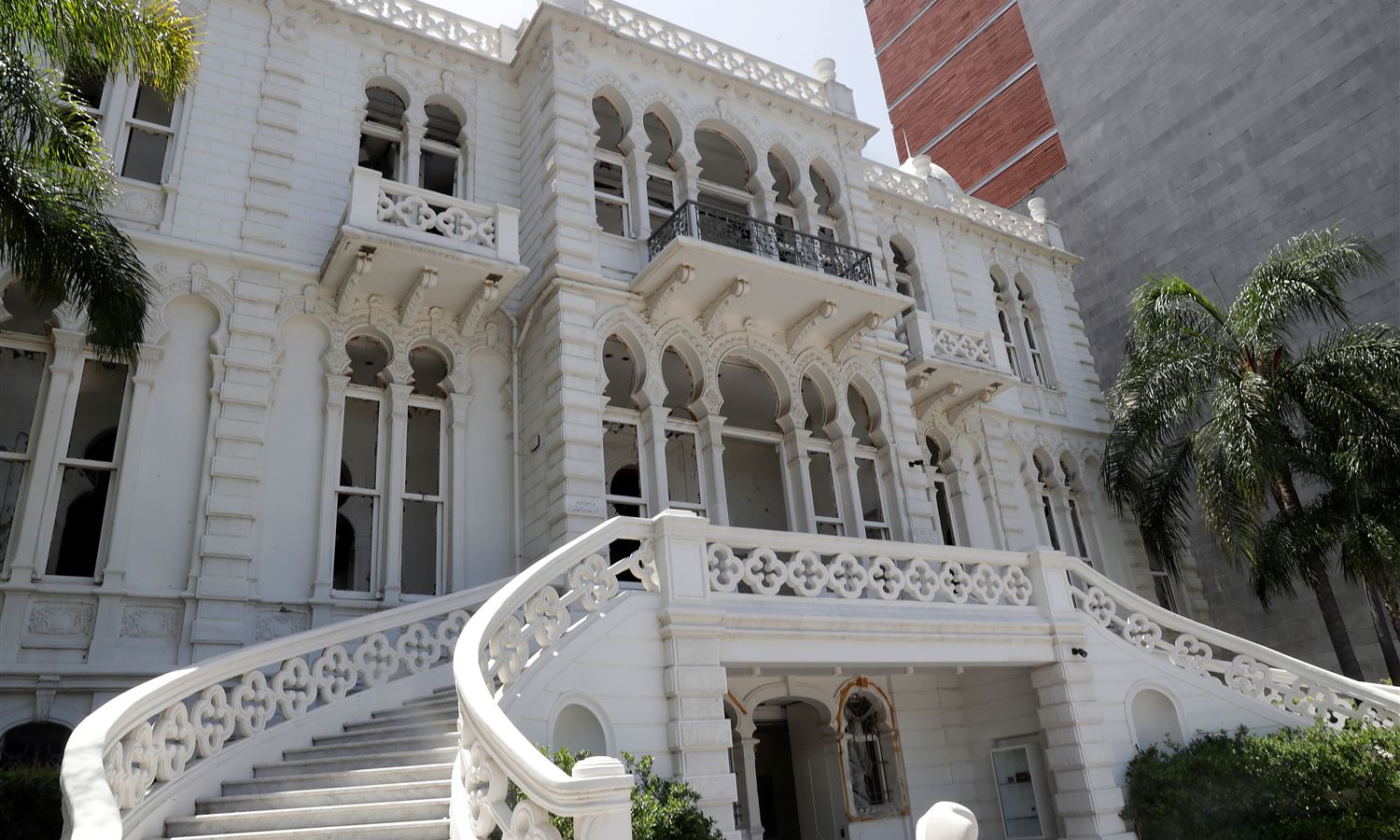The 160-year-old palace withstood two world wars, and was a witness to the fall of the Ottoman Empire, the French Mandate, and the independence of Lebanon, and after the country's civil war that raged between 1975 and 1990, and its owners needed 20 years of careful restoration to restore it to its former glory, But it was destroyed by the explosion of the Beirut port, which occurred last week, which led to the collapse of the ceilings, and the rooms became covered with dust among the broken marble and damaged the pictures hanging on the walls, and all the ceilings of the upper floor disappeared.
Sursock Palace, built in 1860 in the heart of historic Beirut on a hill overlooking the now destroyed harbor, is home to beautiful works of art, furniture from the Ottoman era, marble and paintings from Italy, collected by three generations belonging to the ancient Sursock family.
The Greek Orthodox family, originally from the former Byzantine capital of Constantinople and now called Istanbul, settled in Beirut in 1714.
The three-story palace, with its spacious garden, has been the venue for countless weddings and receptions over the years, and has been admired by tourists who visit the nearby Sursock Museum.
